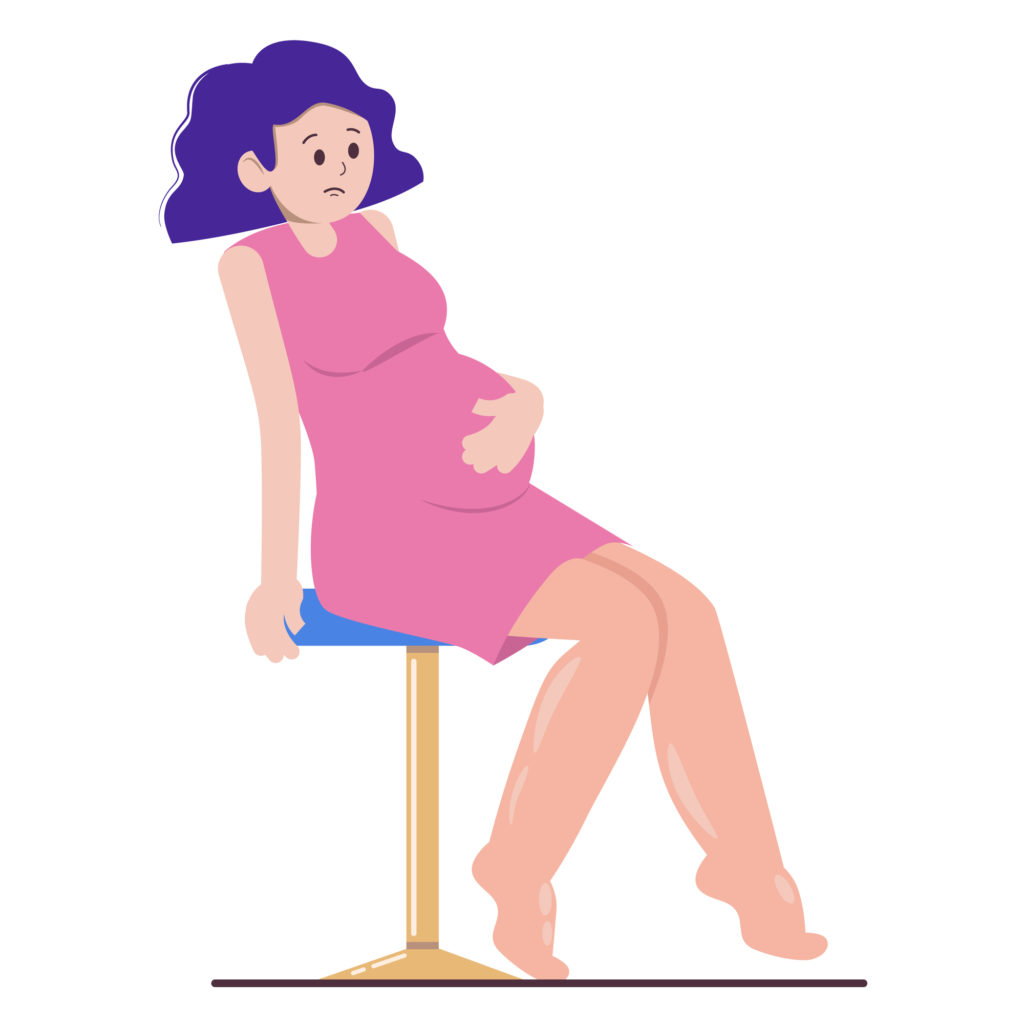
Are you worried about Postpartum Preeclampsia after childbirth and want to know whether there is anything you can do to prevent it?
Among the pregnancy-related conditions that women experience, two major ones can occur during and after pregnancy: Preeclampsia and Postpartum Preeclampsia. Both conditions are linked to hypertension.
Note: Hypertension means anything that increases blood pressure.
Of the two conditions, postpartum Preeclampsia is less common. However, women suffering from Postpartum Preeclampsia, rather than Preeclampsia, take longer to recover after delivery, and if left untreated, it can lead to significant complications. But if you do develop the condition – and seek prompt treatment, there are treatments available to control hypertension.
The critical thing to remember is that although they can be life-threatening, these conditions are rare – affecting only 1 in 12 pregnancies. Plus, doctors can treat both conditions. As a result, you and your baby will likely make a full recovery with no long-term health consequences if it does occur. Thanks to early detection and effective medication.
More Blogs From Nancy Branberg
How Can I Fix My Pelvic Tilt?
Is The Fear of Covid-19 Stalling Your Path To Recovery?
Why Does My Hip Pain Still Linger After Pregnancy?
What Is Preeclampsia?

Preeclampsia occurs during pregnancy when a woman’s BP (blood pressure) measures 140/90 or above. Most commonly, it tends to happen in the third trimester of pregnancy, after the 20-week mark. In most cases, Preeclampsia in pregnancy is picked up at regular prenatal health checks.
The clinical signs that point to the condition being present include:
- Swelling in the body
- Protein in the urine
In Preeclampsia specifically (not postpartum Preeclampsia), the symptoms usually disappear after delivery, and the blood pressure returns to normal. For this reason, in acute cases, doctors may decide that your baby needs to be delivered earlier than planned/expected – via induction of labor or an emergency cesarean section.
What Is Postpartum Preeclampsia?
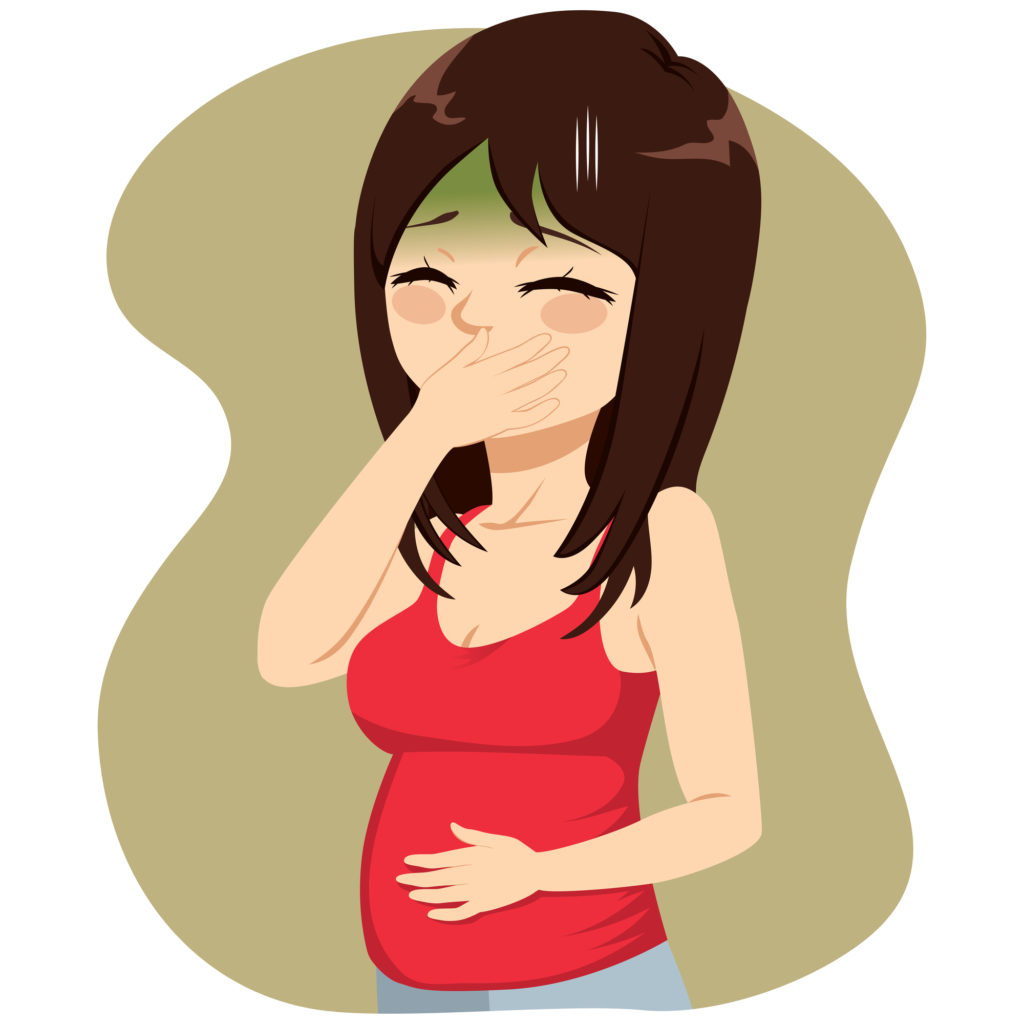
In Postpartum Preeclampsia – or postpartum hypertension, the symptoms appear after the delivery, irrespective of whether you have hypertension during the pregnancy. Postpartum Preeclampsia – occurring after delivery, is a relatively new discovery. Doctors once believed that delivery was the cure-all for this condition and that it couldn’t develop after birth. Since then, it has become standard protocol to check for signs of preeclampsia after delivery.
The telltale symptoms of Postpartum Preeclampsia to look out for (in addition to high blood pressure) include:
- Nausea
- Headache
- Pain in the abdomen, back or shoulders
What Causes Postpartum Preeclampsia?
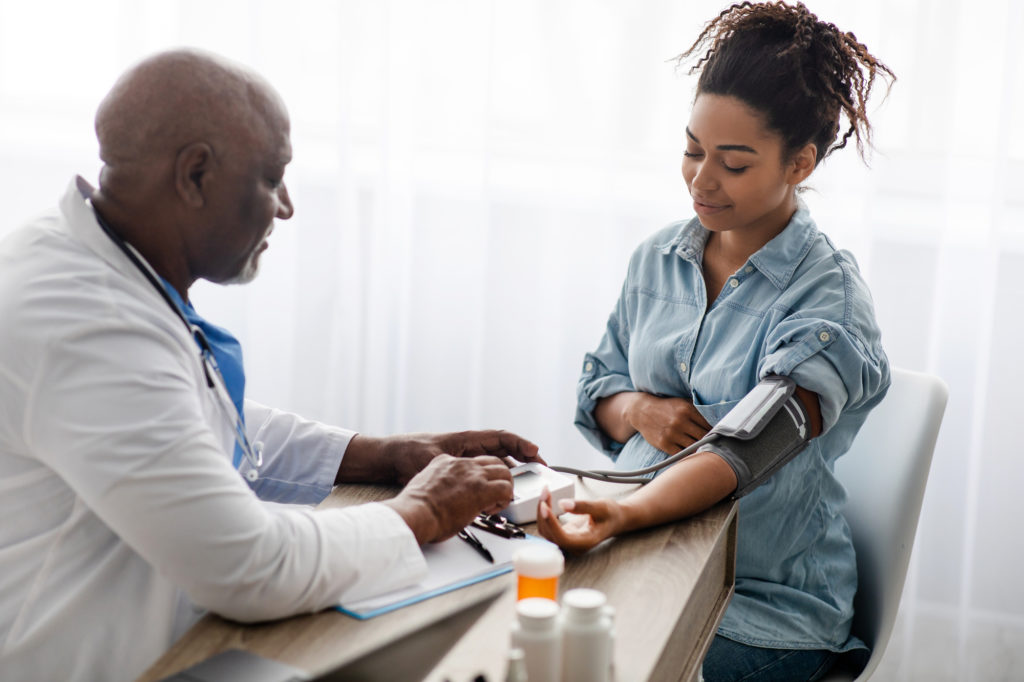
While the exact cause of Postpartum Preeclampsia is unknown, some factors are thought to increase your risk, including:
- Untreated high blood pressure (hypertension) before pregnancy
- Family history of high blood pressure or Preeclampsia
- Extremely overweight
- Diabetes Type 1 or 2
- Having high blood pressure during the pregnancy (Gestational Hypertension)
- Carrying twins or triplets
- Being below 20 or above 40 years old when pregnant
However, the important thing to remember is that Postpartum Preeclampsia can (and does) happen to anyone, regardless of whether you have any of the risk factors before or during your pregnancy. So, it’s essential to know the signs and symptoms to look out for – even if you don’t have high blood pressure or any family history of hypertension.
What Are The Symptoms Of Postpartum Preeclampsia?
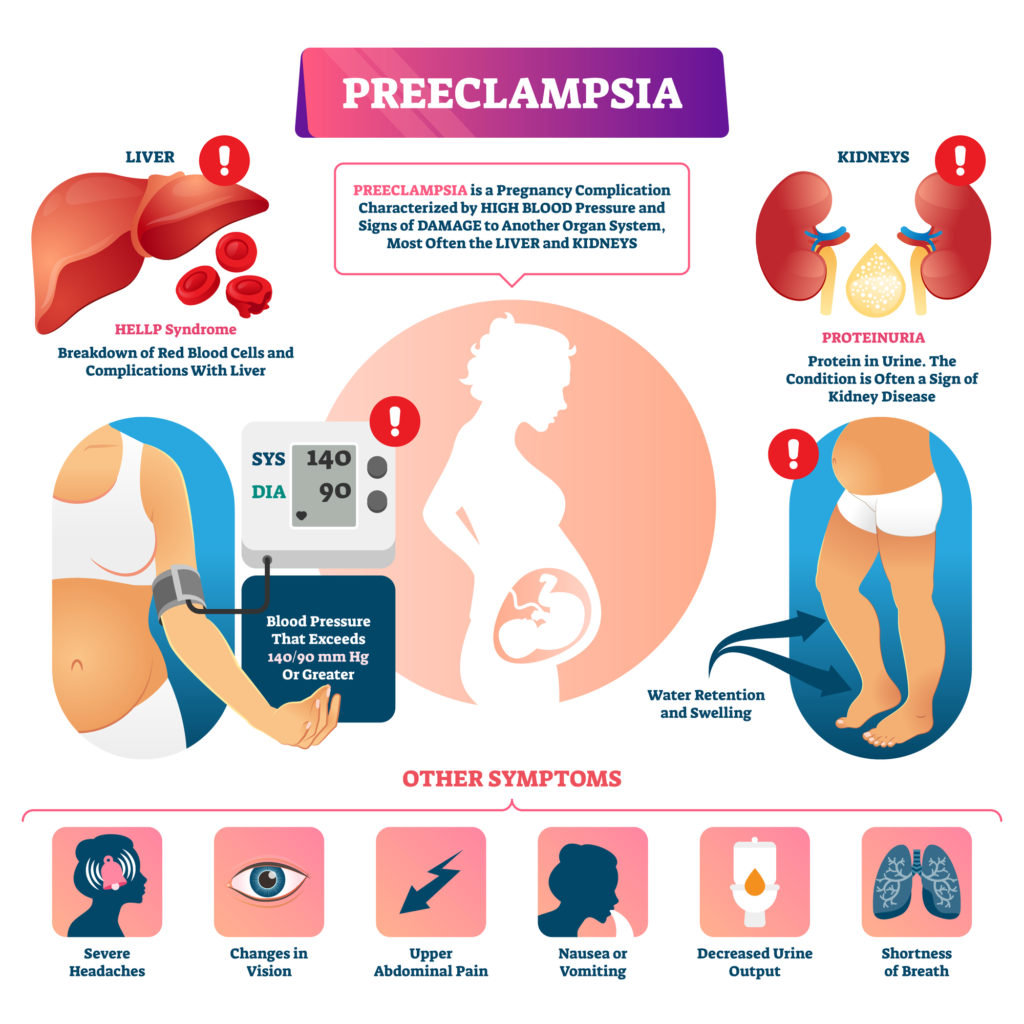
Postpartum Preeclampsia generally occurs within 48 hours of delivery. However, it can take longer (up to 7 days or as long as six weeks) to manifest in some women.
The symptoms that can occur with Postpartum Preeclampsia include:
- A sharp rise in blood pressure (otherwise known as “hypertension”)
- Severe headache or migraine
- Vomiting/ nausea
- Fatigue
- Increase of protein in the urine
- Suddenly gaining weight
- Blurry vision or sensitivity to light
- Decrease in urination and visiting the bathroom less frequently
- Swelling, especially in the feet, face, and hands
- Upper right side abdominal pain
Postpartum Preeclampsia is a severe medical condition that, if left untreated, can deteriorate rapidly. Therefore, it’s vital to seek immediate medical treatment if you experience any of the above symptoms shortly after giving birth.
Complications That Can Arise With Postpartum Preeclampsia
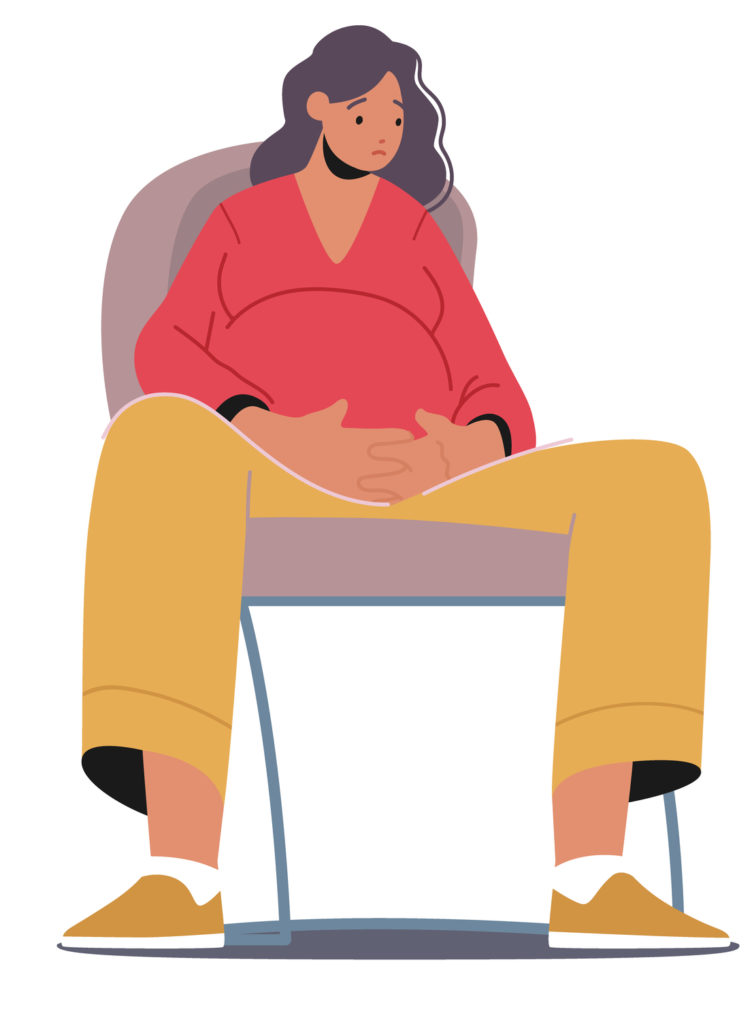
The good news is that full recovery from Postpartum Preeclampsia is highly likely if you get prompt medical attention. Reassuringly, the condition is usually spotted very quickly after delivery by midwives and doctors at the hospital. It’s one of the things they’re trained to look out for. However, if the condition is not treated quickly, it can lead to severe complications like:
- Blood clots that cause blood vessels to block known as “Thromboembolism.”
- Pulmonary edema, i.e., the excessive buildup of fluid in the lungs
- An increased risk of a paralytic stroke
- A condition known as HELLP Syndrome – where abnormal “hemolysis” leads to the breakdown of red blood corpuscles, elevated liver enzymes, and a low platelet count
- Seizure and an effect on the brain’s functioning
- Irreparable damage to the kidneys, eyes, liver, and brain
Postpartum Preeclampsia: Getting A Diagnosis
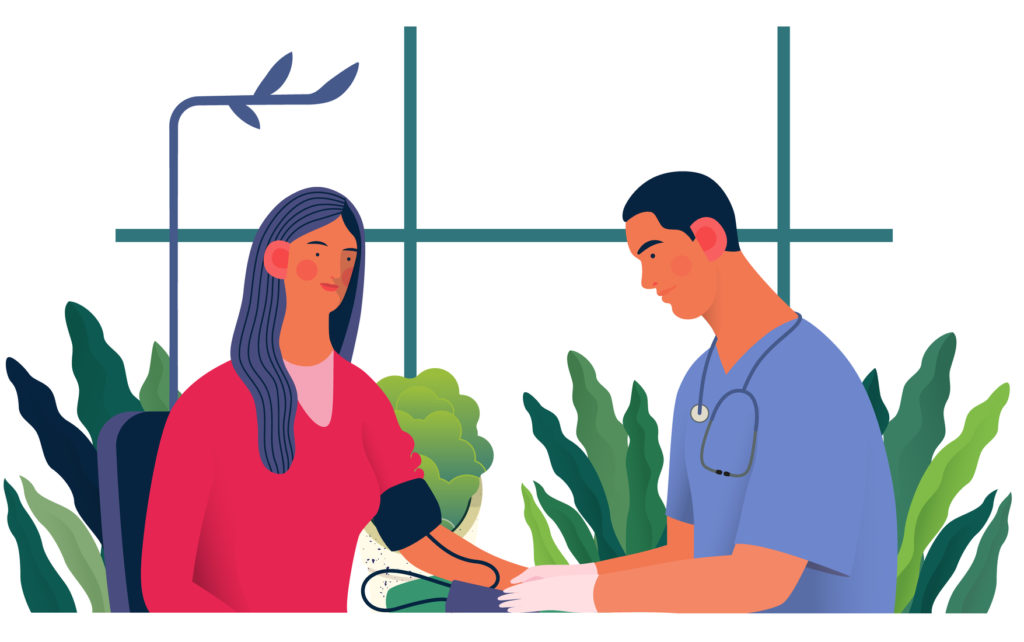
If you exhibit signs of Postpartum Preeclampsia after delivery, you won’t be allowed to leave the hospital until the condition is treated. However, you will be readmitted for treatment if you don’t develop symptoms until after leaving the hospital.
For doctors to make an official diagnosis of Postpartum Preeclampsia, they:
- Monitor your blood pressure at various times of the day
- Order a urine test to evaluate the levels of protein
- Check your platelet count and your liver and kidney function
How Is Postpartum Preeclampsia Treated?
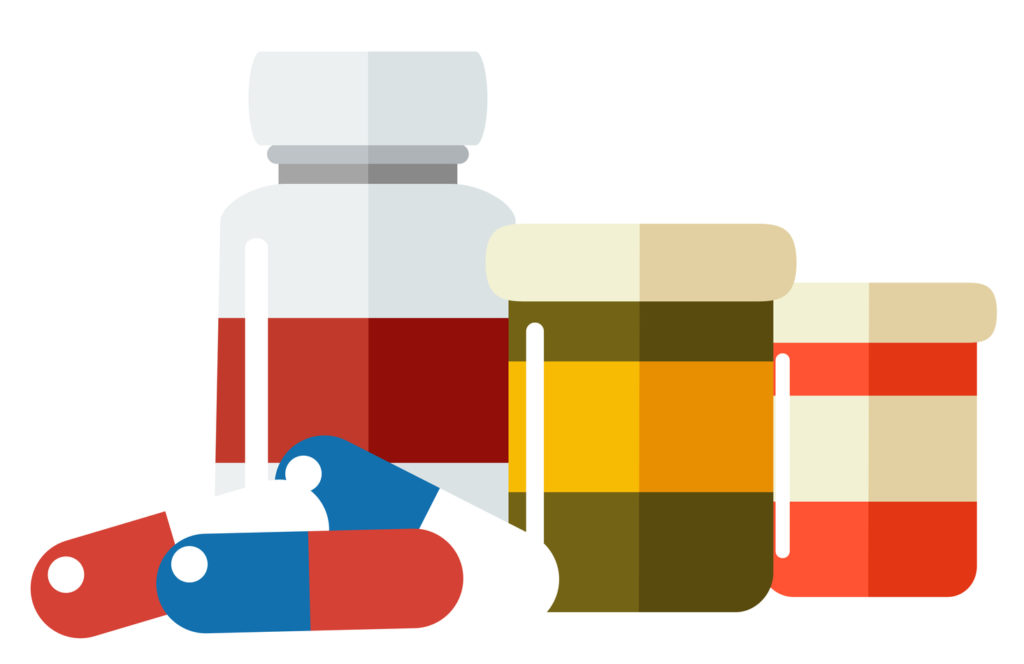
The first-line treatment for Postpartum Preeclampsia is medication to lower blood pressure and control the symptoms. That includes:
- Hypertension medicines to lower blood pressure
- Anticoagulants to prevent the risk of blood clots
- Medication (e.g., Magnesium Sulphate) to prevent seizures
If you are planning to breastfeed and develop Postpartum Preeclampsia, don’t be put off. It is still possible – although some drugs used to treat the condition can affect your milk supply and may not be suitable during breastfeeding. Check with your midwife/doctor first. However, many women who develop Postpartum Preeclampsia do go on to breastfeed successfully.
How Long Does It Take To Recover From Postpartum Preeclampsia?
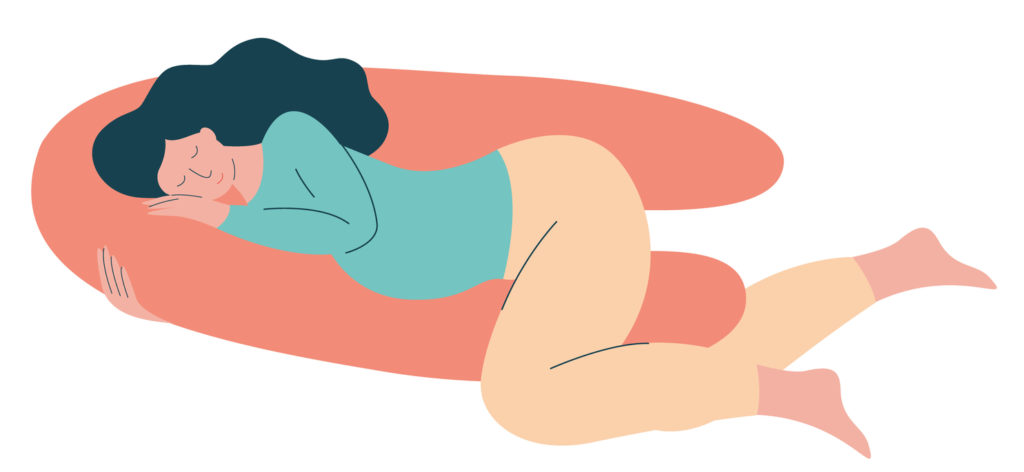
The medication to lower your elevated blood pressure will start to take effect immediately and prevent your condition from deteriorating. Still, it may take a few days or longer for your blood pressure to return to normal. High blood pressure is a stress on the body. So, you may experience an exacerbation of typical postpartum symptoms. As your body recovers from the physical and mental toll of Postpartum Preeclampsia, combined with healing from the labor and delivery and your hormones returning to baseline, including:
- Tenderness in breasts
- Headaches
- Feeling extreme fatigue
- Appetite and sleep issues
- Discomfort and pain in the abdomen
- Bowel issues due to constipation or hemorrhoids
- Having mood swings and feeling depressed
- Soreness in the nipples due to breastfeeding
- Cramps and discomfort in the vagina with discharge
Sometimes, your doctor might recommend that you stay in hospital and have more bedrest than usual after Postpartum Preeclampsia. Don’t put pressure on yourself to spring back into your regular routine. Looking after a newborn is difficult enough without the additional stress and physical effects of Postpartum Preeclampsia. Your doctor will let you know what to do and things to avoid during your recovery period – depending on the severity of your condition. But as is always the case for women, your objective in the postpartum period should be to recover your health and vitality after the birth. Forget everything else.
- Try to get maximum support from your family during the postpartum recovery period. If you suffer postpartum Preeclampsia after the delivery, make the condition known to them. Do not hesitate to ask for help whenever you feel the need.
- If you don’t have family around, hire a nanny or babysitter to lessen the physical and mental pressure after the delivery.
- If you’re employed, do not consider resuming work until the doctor says it’s ok.
- Always seek help and discuss your symptoms with a doctor if you start to feel down, have thoughts of harming yourself, or experience mood swings after delivery. It could be a sign of Postpartum Depression.
Is Postpartum Preeclampsia Preventable?
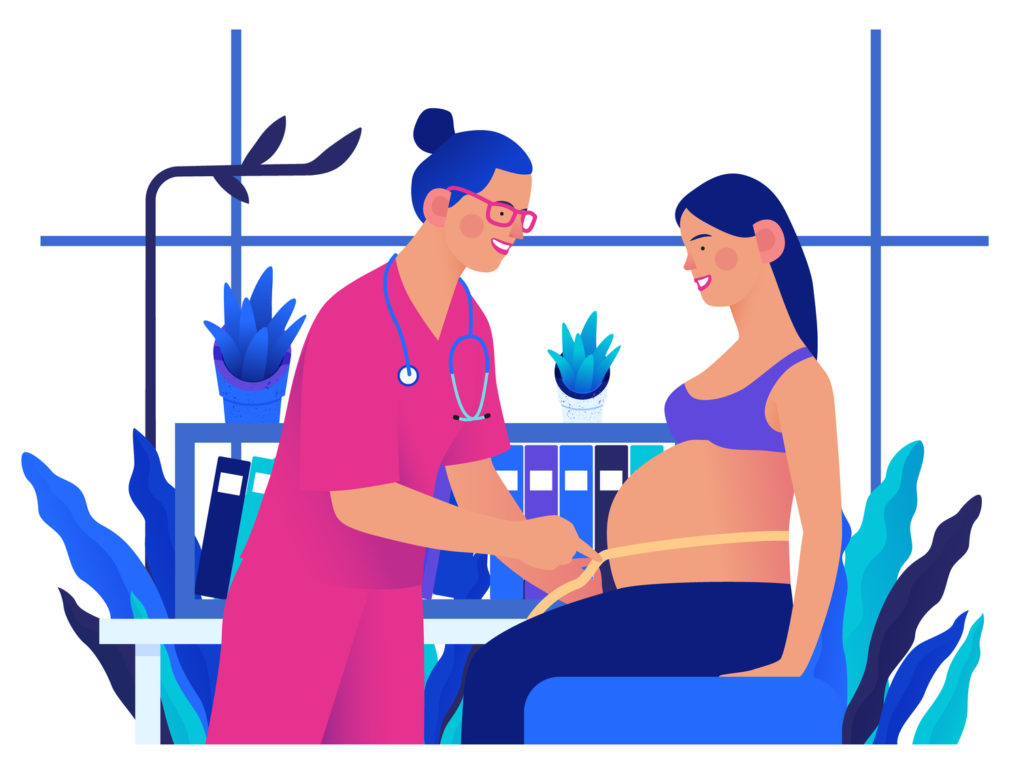
Since the exact cause of postpartum Preeclampsia is unknown, prevention isn’t possible – apart from being as fit as possible and maintaining a healthy weight before getting pregnant. But this doesn’t prevent the condition in all cases.
If you have a history of hypertension and developed Preeclampsia in previous pregnancies, you may be given medication to control it to prevent Postpartum Preeclampsia and complications after delivery.
So, although you can’t prevent postpartum Preeclampsia from occurring, you can avoid serious complications by being alert to the signs and symptoms. You can also prevent severe complications by having your blood pressure more regularly monitored before, during, and after the pregnancy.
But most of all, relax. It’s important for you and your baby.
If you are one of the unlucky women who develop Postpartum Preeclampsia after delivery, then you’ll be given medication to lower your blood pressure – monitored and then sent home to enjoy the postpartum period with your new baby in much the same way as if you hadn’t developed the condition.
If you need more information, or want to talk to someone about Postpartum Preeclampsia, don’t hesitate to call us.


